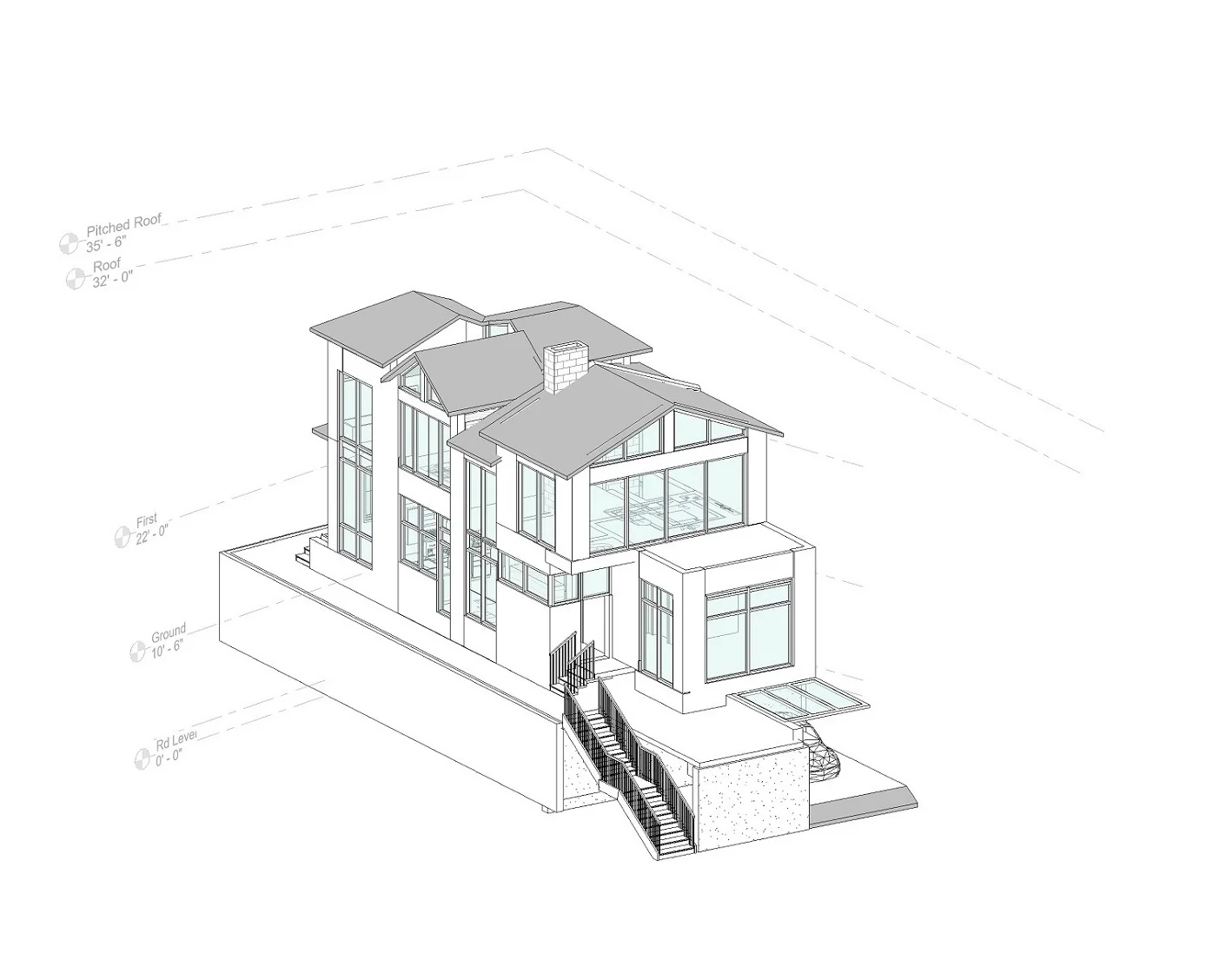
BIM-Based Modelling
“BIM-based modeling utilizes Building Information Modeling to create digital representations of buildings and infrastructure, enhancing collaboration, visualization, and project management efficiency”
SERVICE STEPS
We design with a people-centric approach, utilizing our full spectrum of expertise. Our practice promotes community engagement and is committed to maintaining the integrity of places while safeguarding the environment.
Clash Detection and Resolution
- Analyze 3D BIM models to identify conflicts or clashes between different systems (e.g., structural, MEP, architectural).
- Use advanced software to run clash detection simulations and generate reports for review.
- Collaborate with design teams to resolve issues by modifying designs or coordinating system changes.
3D BIM Coordination and Management
- Integrate various disciplines (architecture, structural, MEP) into a single, unified 3D model.
- Coordinate between teams to ensure that designs are aligned and feasible, minimizing conflicts.
- Manage the BIM model throughout the project lifecycle, ensuring updates and changes are accurately reflected.
Construction Sequencing and Scheduling
- Use BIM to create a detailed construction sequence, illustrating the phased process of construction activities.
- Integrate timelines with the 3D model to visualize how each phase impacts the overall project.
- Monitor progress and update schedules in real-time, ensuring that construction is on track and resources are optimally utilized.
Energy Analysis and Sustainability Modeling
- Perform energy simulations using BIM tools to evaluate building energy performance.
- Optimize the design for energy efficiency by analyzing HVAC, lighting, insulation, and window placements.
- Incorporate sustainable building practices and materials into the model to achieve green building certifications (e.g., LEED).
Asset Management and Facility Management Integration
- Integrate BIM data with facility management systems to track asset information and maintenance schedules.
- Use the BIM model to manage building operations, including equipment lifecycle and maintenance tracking.
- Provide real-time updates on asset performance and help manage repairs, replacements, and upgrades.
Each of these steps ensures a cohesive and successful BIM-Based Modelling process, tailored to meet the client’s vision and project requirements.

